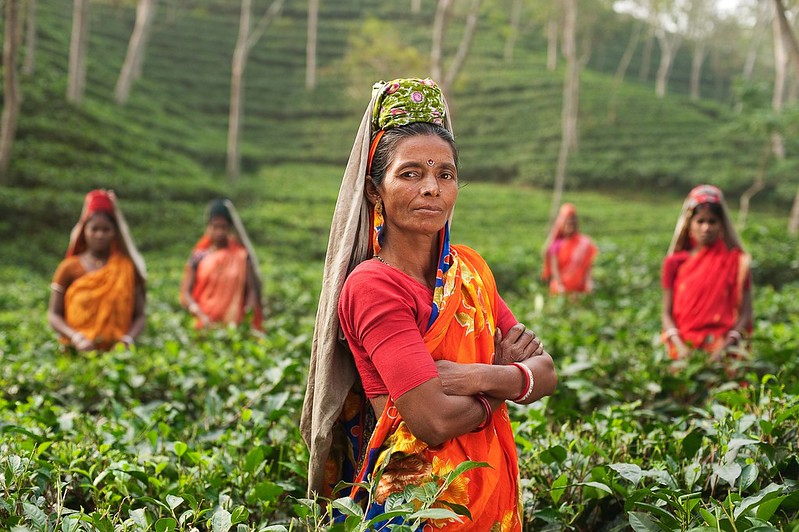 Social media is a powerful tool used to spread awareness about many different topics. Many different organizations design accounts on Instagram to advocate for global poverty through powerful images and words. Here are five Instagram accounts raising poverty awareness.
Social media is a powerful tool used to spread awareness about many different topics. Many different organizations design accounts on Instagram to advocate for global poverty through powerful images and words. Here are five Instagram accounts raising poverty awareness.
5 Instagram Accounts Raising Poverty Awareness
-
Doctors Without Borders (@doctorswithoutborders) – This organization works to provide medical care for patients all over the world, and it currently operates in more than 70 countries worldwide. Doctors Without Borders also conducts medical research on topics such as economic and social conditions in El Salvador and HIV in South Africa. The organization’s Instagram account has 581,000 followers. The account’s posts range from information about their health care projects to powerful photographs that illustrate different crises.
A powerful animation video posted on March 18, 2020 describes the struggles that Rohingya refugee families face as they are forced to move to camps in Bangladesh, including being prone to COVID-19 and other disease outbreaks. The animation was created “to put a human face on the humanitarian crisis that devastated this community.”
-
Pencils of Promise (@pencilsofpromise) – Pencils of Promise is a group that raises funds to build schools and combat education problems for people around the world. To date, Pencils of Promise has built 524 schools and has 108,643 students. The organization uses its Instagram platform with 210,000 followers mainly to share photos of children around the world who are receiving education and their stories. The Pencils of Promise Instagram showcases the great impact of the organization’s work.
-
Oxfam (@oxfamamerica) – Oxfam is an organization that works to reduce poverty by providing grants to build infrastructure for the poor, encouraging the rich to allot money towards helping the poor, and helping communities recoup after disasters. The Oxfam Instagram account has more than 78,000 followers. The account creators share easy-to-read graphics, numbers and statistics related to global poverty reduction. The Oxfam Instagram also shares inspirational quotes to instill hope regarding the fight against global poverty. One of the quotes posted on the page is “Hope and fear cannot occupy the same space. Invite one to stay.”
-
Global Citizen (@glblctzn) – Global Citizen is an organization that relies on citizens all over the world to organize events and advocate to reduce global poverty. The account, which has 530,000 followers, includes many posts from musical artists who hold mini-concerts to spread global poverty awareness. During the COVID-19 outbreak, the Global Citizen account is sharing videos with the hashtag #Togetherathome to promote social distancing and global health safety.
-
Charity: Water (@charitywater) – Charity: Water is an organization that works to provide clean and safe water to communities of people in developing countries. The Charity: Water Instagram account has 457,000 followers. The organization’s posts show the success of its efforts and the importance of providing clean water to people worldwide. A post from April 3, 2020, celebrates the completion of “544 water projects across India, Ethiopia and Mozambique.”
With 1 billion active monthly users, Instagram can be a powerful way to spread awareness about global poverty. These five Instagram accounts raising poverty awareness are making the world a better place one post at a time.
– Shveta Shah
Photo: Flickr
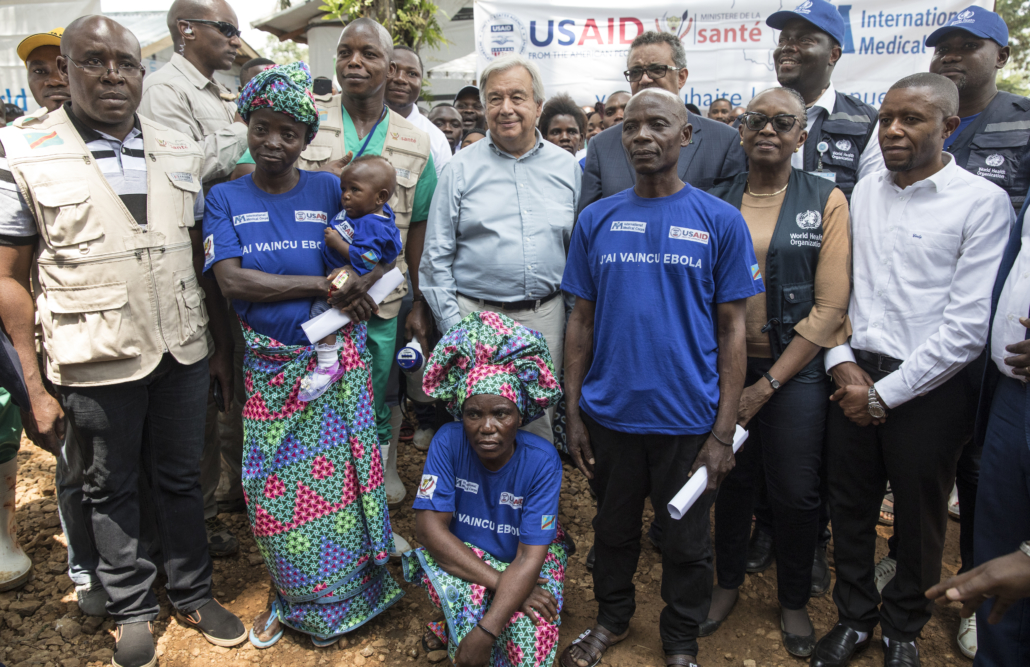
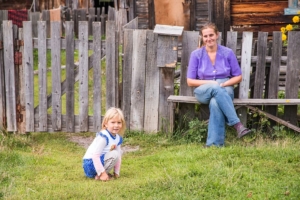 There are almost
There are almost 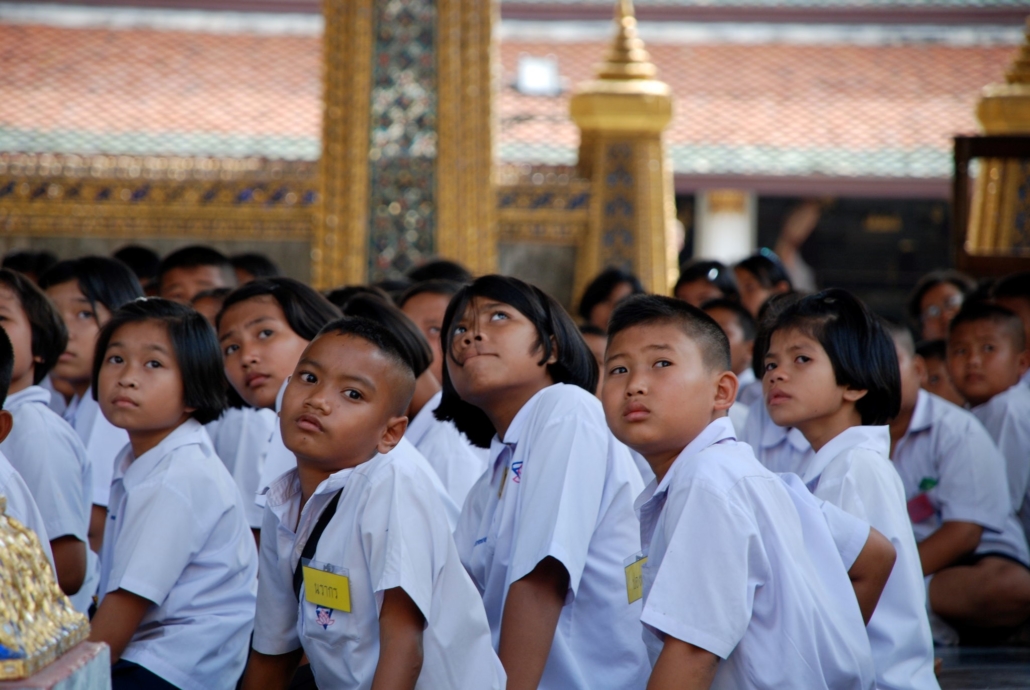
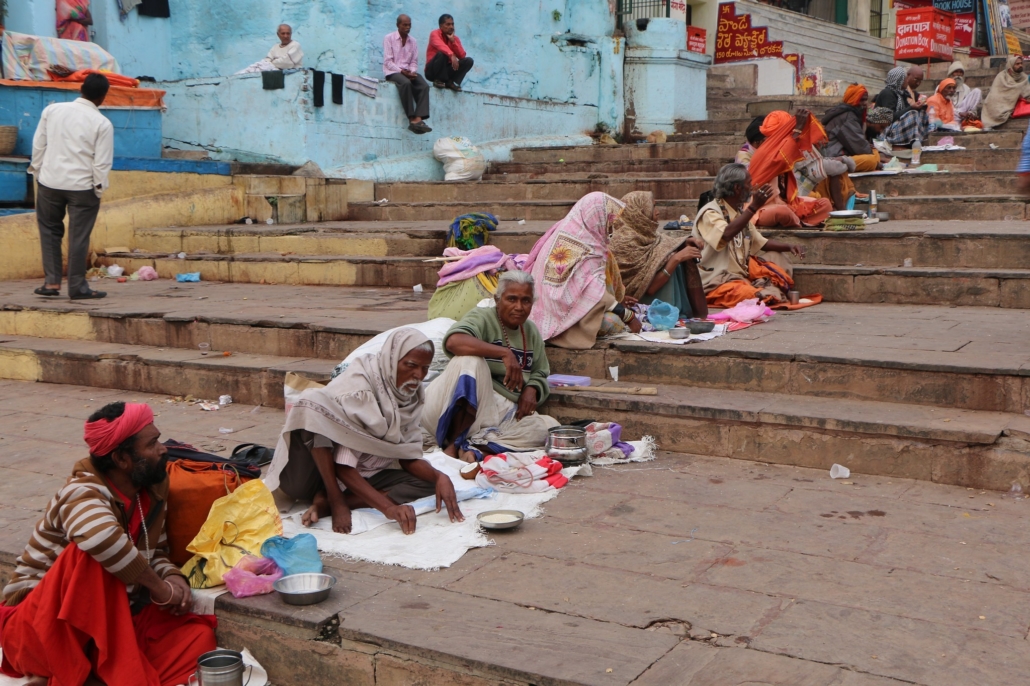

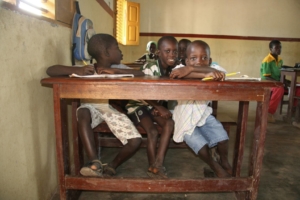
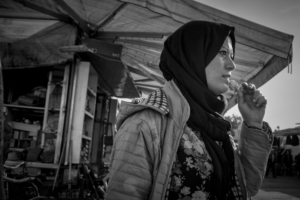 Syrian refugees face a variety of hardships in their daily lives, especially those with families. Syrian refugee women often have trouble finding the care that they need for themselves and their children. This is often due to the fear of being sent back to Syria. However, many countries are making changes in order to help these women by creating policies specifically for refugees. Below are seven facts about women’s health for Syrian refugees.
Syrian refugees face a variety of hardships in their daily lives, especially those with families. Syrian refugee women often have trouble finding the care that they need for themselves and their children. This is often due to the fear of being sent back to Syria. However, many countries are making changes in order to help these women by creating policies specifically for refugees. Below are seven facts about women’s health for Syrian refugees.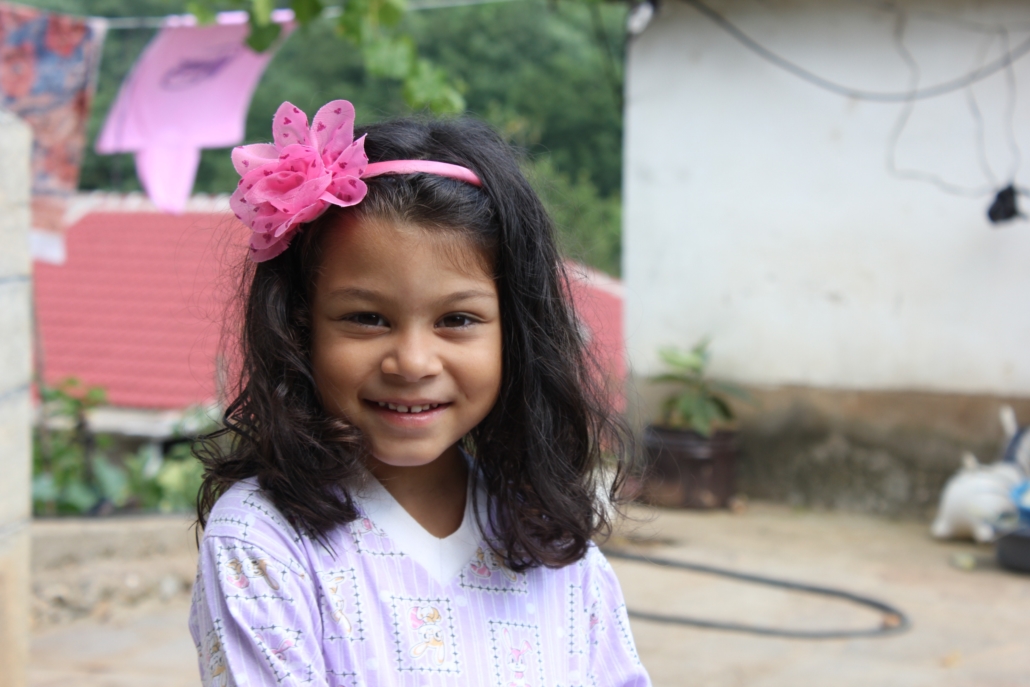
 Recognized as one of the top-selling artists in history, Sir Elton John has continued to have an enormous impact on the music industry and pop culture. However, his influence goes beyond music. Over the years, John has used his platform to raise awareness for several charitable organizations. Here is a glimpse of Elton John’s impact through his efforts with five organizations.
Recognized as one of the top-selling artists in history, Sir Elton John has continued to have an enormous impact on the music industry and pop culture. However, his influence goes beyond music. Over the years, John has used his platform to raise awareness for several charitable organizations. Here is a glimpse of Elton John’s impact through his efforts with five organizations.